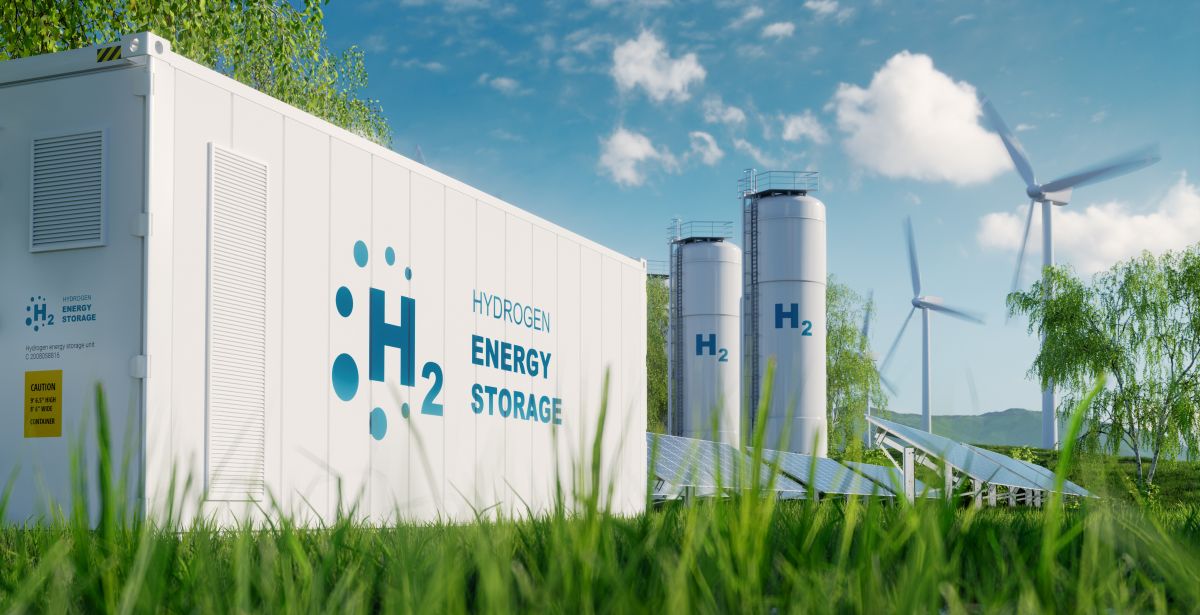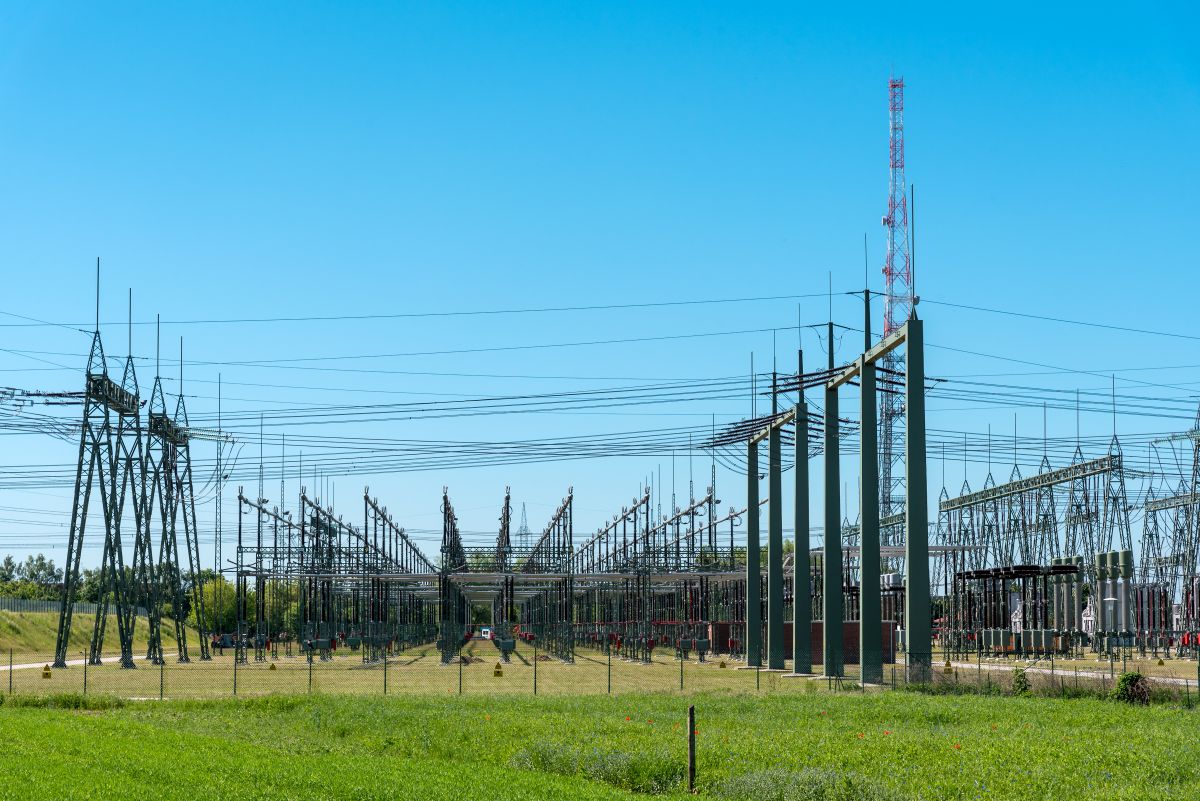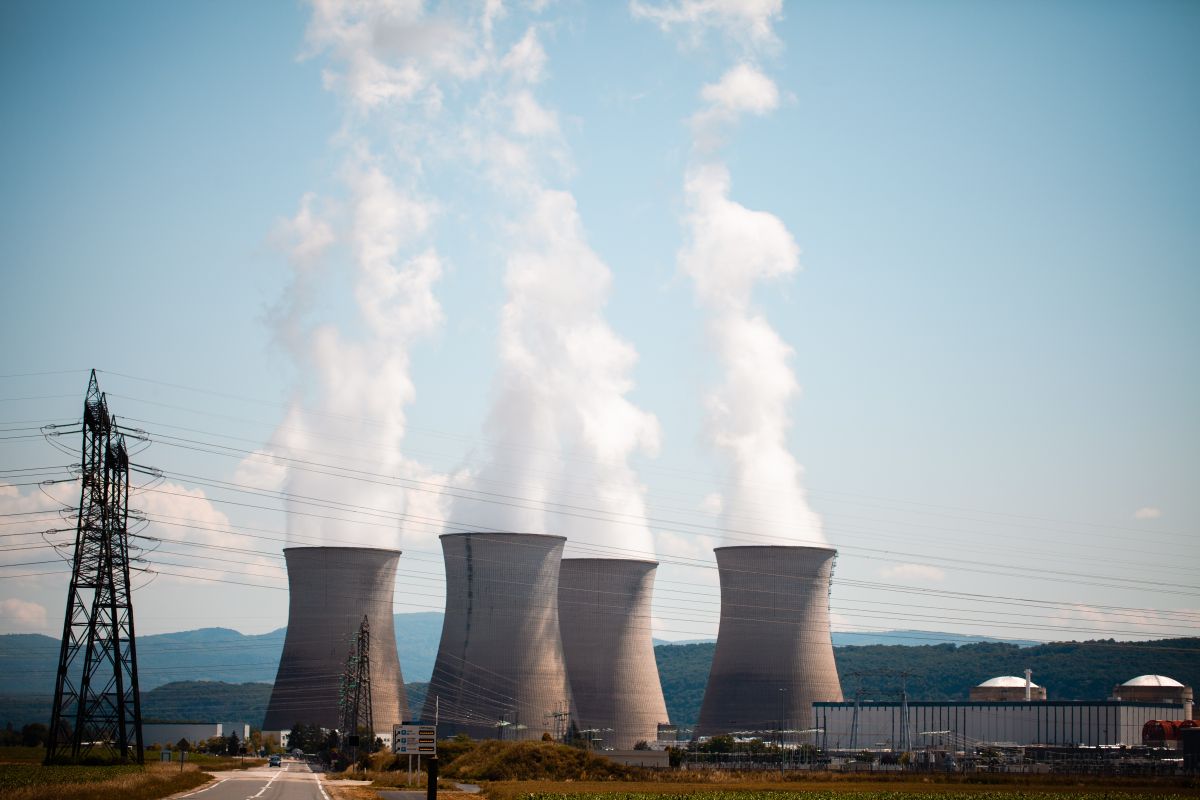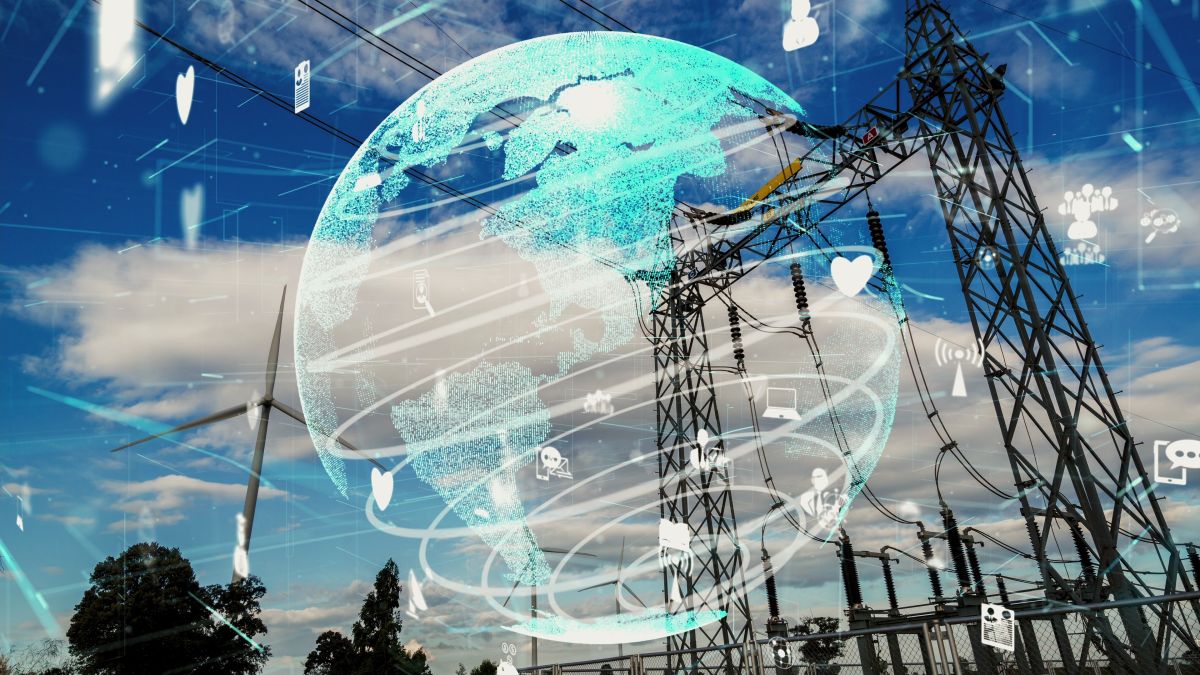The global trend toward sustainable energy usage and power generation has reached a crucial point in the age of backup power generation. It is because traditional diesel generators face increasing attention for their environmental impact. By considering this challenge, hydrogen energy solutions rise as a game-changing alternative. They provide companies with a way to decarbonize their backup power systems without compromising performance and reliability standards.
The Growing Hydrogen Fuel Cell Market
The hydrogen fuel cell market has experienced extraordinary growth. It is expected to reach $35.3 billion by 2034 from $5.0 billion, with a Compound Annual Growth Rate (CAGR) of 21.6%. This growth reflects an increasing use of hydrogen fuel cells in a wide range of applications, such as backup power generation, which plays a major role in the market.
According to Global Market Insights, the stationary fuel cell market for energy storage was valued at around $1.6 billion in 2024, with 13.7% growth at a CAGR between 2025 and 2034. This growth will be driven by concerns about sustainability and increasing energy reliability. These statistics demonstrate the maturity of the technology and its acceptance by the market as an alternative to conventional backup solutions.
Benefits of Hydrogen Energy Systems Over Traditional Systems
Hydrogen fuel cell generators offer many advantages over diesel engines that go beyond the environmental aspect. The benefits are given below:
- Zero carbon emissions are produced at the point of usage.
- Solar, wind, and biomass can generate renewable electricity that can be used to produce hydrogen via electrolysis.
- High-density energy in comparison with batteries.
- Long-term energy storage without major losses.
- Grid stabilization and renewable energy integration are supported.
- Applications are transportation, industrial processes, power generation, etc.
- Reduces dependency on imported energy and fossil fuels.
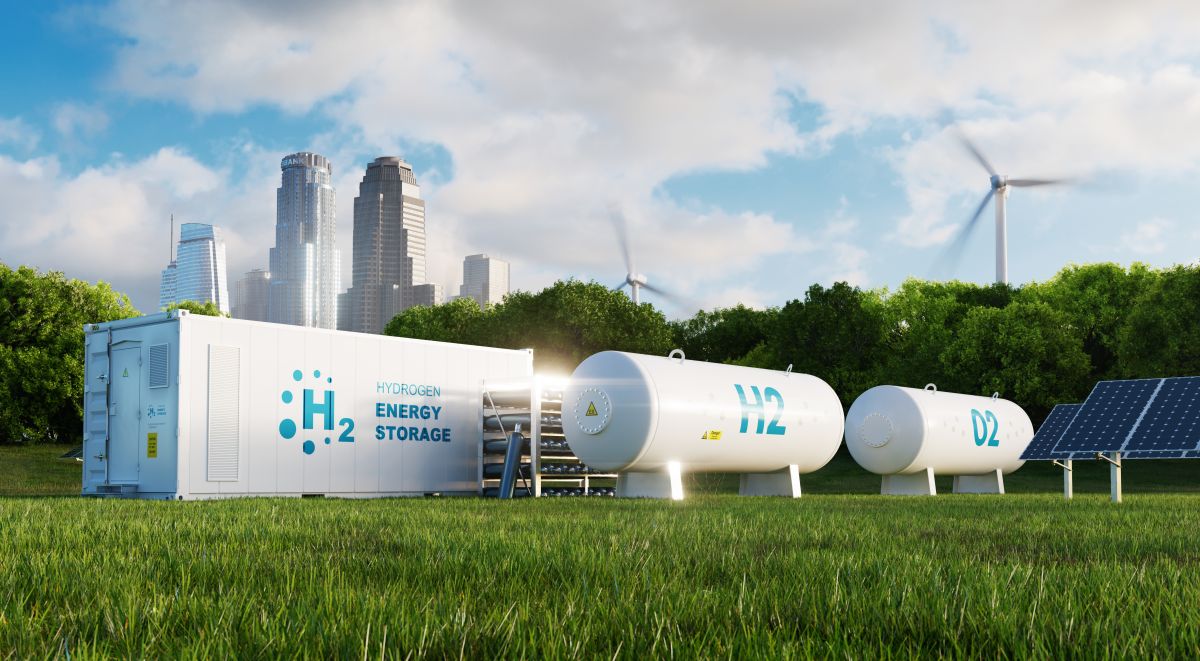
Decarbonizing Backup Generation Systems Using Hydrogen Energy Solutions
Hydrogen backup generators are available in multiple configurations to suit a wide range of power and operational requirements. These different types allow organizations to choose the best solution for their application by understanding them. These solutions are as follows:
1. Stationary fuel cell systems
These fuel cell systems are the most commonly deployed for critical infrastructure. The systems can range from residential 500W units to industrial multi-megawatt installations. The majority of commercial applications range between 50 kW and 2 MW. According to the Fuel Cell and Hydrogen Energy Association (FCHEA), more than 550 MW worth of hydrogen fuel cells have been installed in stationary form across the U.S. This shows the reliability of their products in real applications.
2. Portable hydrogen generators
These generators are used for emergencies, temporary power, and backup power applications. They range in size from 1 kW to 100 kW. They also have an integrated storage system for hydrogen.
3. Hydrogen combustion turbines
Hydrogen gas turbines are more efficient than fuel cells for large-scale applications. Mitsubishi Power and GE Vernova are among the manufacturers who have created turbines ranging from micro-units of 3 kW to 563 MW units, with progress toward 100 percent hydrogen operation.
4. Hybrid systems
Hydrogen fuel cell technology combines with complementary technologies to optimize performance and cost-effectiveness. Advanced hybrid systems integrate renewable energy sources, creating carbon-neutral power backup cycles.
Real-World Implementation Success
Microsoft’s pioneering work shows the viability of large-scale hydrogen backup systems. Microsoft’s hydrogen fuel cell tests in Latham (New York) successfully demonstrated operation up to 3 megawatts. It marked the first time hydrogen generators were operated at a scale equivalent to a backup generator for a data center.
Conclusion
Hydrogen is a clean energy substitute for fossil fuels for backup energy generation. While fuel cells are already commercially deployed across industries, hydrogen turbines are progressing toward broader commercialization. These technologies can generate 24/7 power, producing clean water vapor and no harmful pollutants. These results are significant in the context of energy systems of this form. However, challenges are the relatively high energy cost for the initial fuel due to the high initial cost of compressing and liquefying the hydrogen.
1. Are fuel cells just as reliable as diesel generators?
2. What is the commonly used power range of hydrogen backup systems?
The power range of hydrogen fuel cell backup systems includes small residential systems, from 1 to 100 kW, and large-scale utility/grid systems from 100 MW to 1000 MW.
3. How long could hydrogen-running fuel cells continue functioning during longer power outages?
The effective running time varies according to the gas storage amount and power load. Unlike diesel generators, which are bound by how much fuel you can store on-site. Hydrogen systems can run nonstop for days or even weeks, given enough fuel. Some installations retain enough hydrogen to run for at least 72 hours.
4. What are the key challenges associated with hydrogen backup systems?
5. When is the outdoor placement of hydrogen fuel cells possible in harsh weather?
Hydrogen fuel cell systems are designed for outdoor use with temperature operation ranges from 80°F to 200°F. They easily outperform diesel generators that can often have problems starting.
Disclaimer: Any opinions expressed in this blog do not necessarily reflect the opinions of Certrec. This content is meant for informational purposes only.



